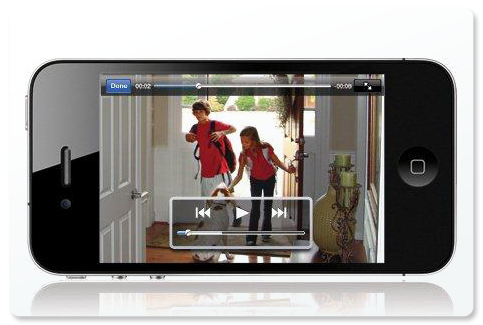How Video Surveillance Can Improve Security in Medical Colleges and Hospitals
How Video Surveillance Can Improve Security in Medical Colleges and Hospitals
Introduction:
Medical colleges and hospitals are complex and sensitive environments. They are home to a large number of people, including patients, staff, and visitors. This makes them a target for crime and violence. Video surveillance can play a vital role in improving security in medical colleges and hospitals.
How Video Surveillance Works
Video surveillance systems use cameras to record images of people and activity in a designated area. The cameras can be placed in strategic locations throughout the facility, such as entrances and exits, hallways, and parking lots. The images recorded by the cameras can be monitored by security personnel in real time or reviewed later.
Benefits of Using Video Surveillance in Medical Colleges and Hospitals
There are many benefits to using video surveillance in medical colleges and hospitals. Some of the key benefits include:
- Increased security: Video surveillance can help to deter crime and violence by making criminals aware that they are being watched. It can also help to identify criminals and solve crimes after they have occurred.
- Improved safety: Video surveillance can help to improve safety by providing a way to monitor people and activity in the facility. This can help to prevent accidents and incidents, such as falls, fires, and security breaches.
- Enhanced patient care: Video surveillance can be used to monitor patients and staff, which can help to improve patient care. For example, video surveillance can be used to check on patients who are at risk of falling or wandering.
- Reduced liability: Video surveillance can help to reduce liability by providing evidence of events that occur in the facility. This can be helpful in the event of a lawsuit.
- Improved peace of mind: Video surveillance can help to improve peace of mind for patients, staff, and visitors by making them feel more secure.
How to Optimize Video Surveillance in Medical Colleges and Hospitals
There are a number of things that can be done to optimize video surveillance in medical colleges and hospitals. Some of the key things to consider include:
- Deploying the right cameras: The type of cameras that are deployed will depend on the specific needs of the facility. For example, some facilities may need cameras with high resolution and zoom capabilities, while others may need cameras with infrared capabilities.
- Installing the cameras in strategic locations: The cameras should be installed in strategic locations throughout the facility to cover all areas that need to be monitored.
- Monitoring the footage in real time: Security personnel should monitor the footage from the cameras in real time to identify any potential threats or incidents.
- Reviewing the footage after the fact: The footage from the cameras should be reviewed after the fact to identify any problems or incidents that may have occurred.
- Training staff on how to use the system: Staff should be trained on how to use the video surveillance system. This includes how to monitor the footage, identify threats, and report incidents.
Conclusion
Video surveillance can play a vital role in improving security in medical colleges and hospitals. By following the tips outlined in this article, you can optimize your video surveillance system and improve the security of your facility.
Call to action:
If you are interested in learning more about how video surveillance can help you to improve security in your medical college or hospital, please contact Global eSolutions today. We would be happy to discuss your specific needs and help you to find the right solution for your facility.


Comments
Post a Comment